Multi Jet Fusion (MJF) is a relatively new additive manufacturing technology which is great for creating functional prototypes — but can it be qualified for production?
Here, we examine the properties that make MJF suitable for production.
The same qualities that make it attractive for prototyping also give it numerous advantages as an option for production:
- No tooling cost – Unlike injection molding, no tooling is required to make parts with Multi Jet Fusion.
- Short lead time – There is no waiting for tooling to be built, since parts are made directly from the database.
- Design freedom - MJF offers design freedom and removes limitations imposed by traditional manufacturing processes.
- Low cost engineering changes – Design changes can be implemented at a much lower cost than other production methods. No tooling is needed to modify, and since inventory can be set lower, inventory control of revisions is simplified.
Using Multi Jet Fusion for production requires that the process will meet these requirements:
SPEED – Will the supply meet the demand?
COST – Will the piece price be low enough to offset the tooling cost of conventional manufacturing?
QUALITY – Will it meet the quality requirements?
- Can the process be controlled?
- Can the process be verified to meet the part specifications?
- Will the finish and color be acceptable for the design?
The rest of this article will concentrate on the quality requirements.
Controlling the Process
Calibration Part – A standard calibration part is necessary to remove dimensional variations that can occur with different part geometry. Calibration parts are made in each batch. They are measured and the data is recorded.

Placement in the Build – The calibration parts are placed in different areas of the build. This provides a representation of the tolerances in different areas of the build envelope. The calibration parts are shown below in red.
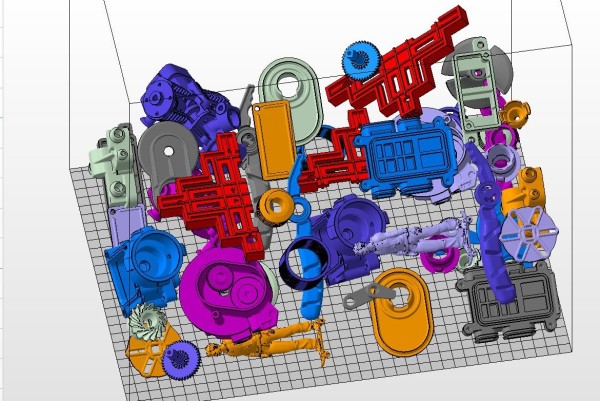
Control data – Each run is evaluated to ensure that it falls within the acceptable range. The machine settings will be adjusted so that the mean of the process range is in the center of the acceptable range.
This range is dictated by the manufacturer’s specifications, and thanks to the extensive experience of our staff, we maintain good process control, allowing for closer tolerances.
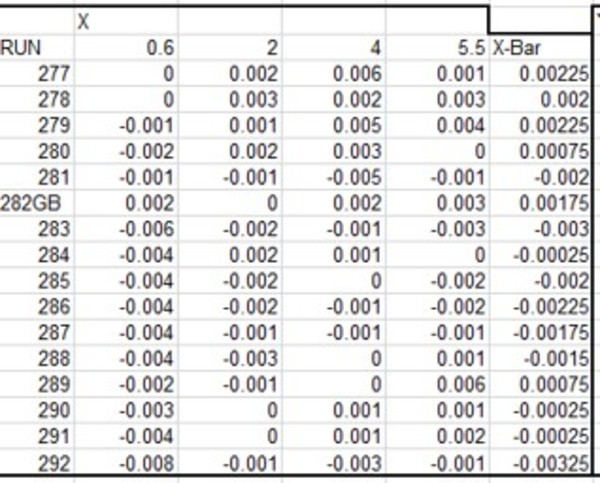
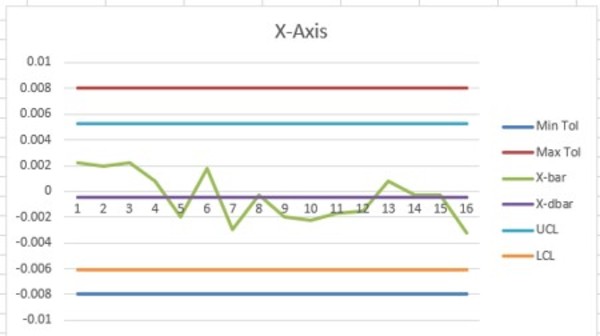
Other considerations in controlling the process – the following are other areas that through experience and applying good practices need to be done: - Proper mix of virgin powder to recycled powder.
- Position of the part in the build.
- Density of the build.
- Controlling the cooling cycle.
Post processing control – Often overlooked in producing Multi Jet Fusion parts is the powder removal and coloring operations.
Our SHOTSHEEN® process automates the powder removal gently and evenly. It does not affect the dimensional accuracy of the part and it also hardens the surface and allows for an even color in dyeing, leaving a slight gloss sheen.
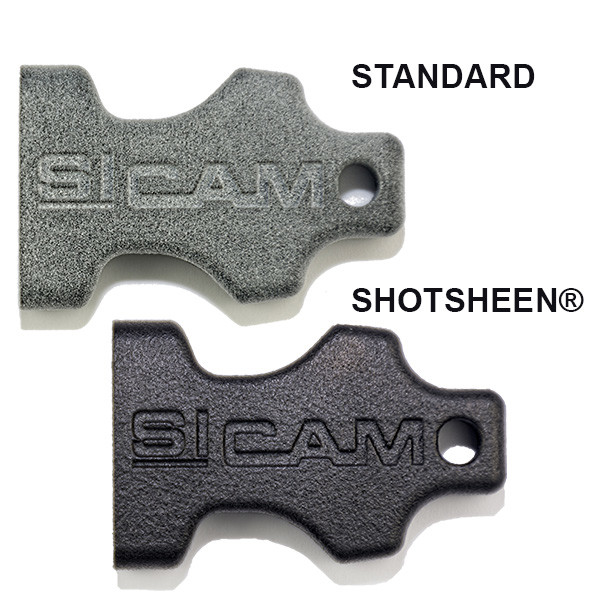
Verifying the Process
The next step is to verify that the process tolerance is acceptable for the required part tolerance.
While the calibration part tolerances may be acceptable, when it comes to the actual part tolerances, other factors may affect final tolerances such as: - Changes in geometry (like thicker sections).
- Large unsupported flat areas.
Below is a sample part and drawing of a part required to be made for production.
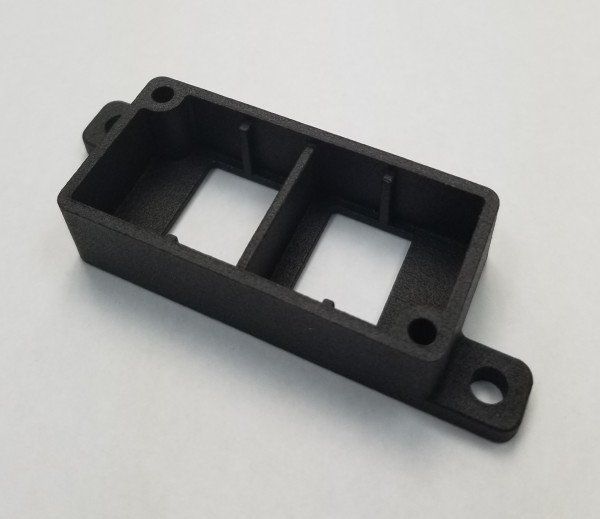

At first glance, it looks like the process will be acceptable for the part tolerances. The part does have some geometry changes that could affect the shrinkage.
The only real answer will be to invest in a First Article Inspection (FAI) to make a proven determination.
Below is a FAI of this part with some of the results.

FAI report – A First Article Inspection (FAI) report will determine whether or not the process can maintain the part tolerance requirements. To get the FAI report, three or more parts will need to be analyzed from the sample run.
Once the data is collected and analyzed, we can determine feasibility, modify the geometry if needed, and add any secondary operations.
Finish and Color
Multi Jet Fusion parts have a standard chalky, gray finish. This may be fine for internal parts, but typically external parts will benefit from a post process operation.
We offer our proprietary SHOTSHEEN® finish at no additional charge, which offers the following benefits: - Finish – Instead of chalky gray, the parts have a black, semi-gloss textured finish.
- Durability – The process increases the hardness of the parts to help them resist scratches.
- Accuracy – Because the powder removal process is automated, it allows us to maintain part accuracy.
- Coloring – If you will be adding additional post processes, such as color, it will be more consistent.
What the Future Holds for MJF
This technology is still in its infancy, and we are excited about improvements in speed and accuracy that will undoubtedly come in the future. SICAM was an early adopter of MJF, and we will continue to pioneer unique Multi Jet Fusion services, like our exclusive SHOTSHEEN® finish, in the years to come.
Contact us today to find out how MJF can provide a fast, high-quality, cost-effective solution for your prototyping and production needs.